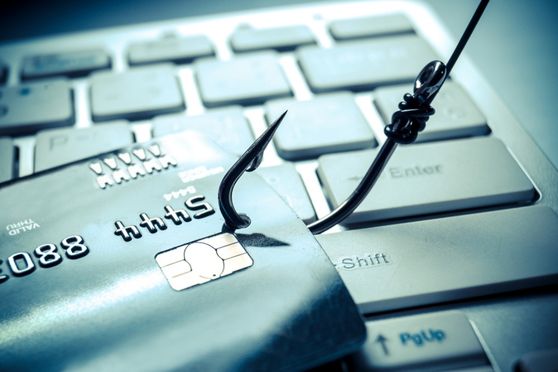Why does the Education sector need to make Cyber/Data security a priority?


As more and more breaches in schools and higher education are widely reported, it won't be incorrect to say that cyber-attacks are becoming more prevalent in the education sector. We face greater threats from hackers who are quickly developing sophisticated methods to commit cybercrimes because of newer technologies. Therefore, it becomes crucial to provide cybersecurity for the education sector.
Cybercriminals target educational institutions for four main reasons. The reasons for attacks can vary due to the diversity of education venues in terms of size, function, and stature. For instance, a threat that may be common to prestigious universities and colleges may not be a concern for schools or school districts.
Institutions must therefore assess the risk and comprehend which data is exposed to unauthorized access.
Distributed Denial of Service or DDoS attacks are common in schools and colleges, with perpetrators as young as 9. As per a study conducted by the National Cyber Crime Unit, the average age of DDoS attackers was 15 years.
The reasons for these attacks range from disliking a particular teacher or an act of revenge for mishandling a particular issue in school. Typically, a DDoS attack disrupts the organisation’s network to hamper its productivity.

Confidential data is the most valuable asset for cybercriminals. The education sector is one of the most targeted sectors for data theft. They infiltrate secure networks and systems in educational institutions to steal sensitive information like financial information, home address, and contact information of parents, students, and teachers. After gaining access to this information, they either sell it to third parties or use it as leverage to demand ransom from victims.
Cybercrimes are highly motivated by financial gain as educational institutes in the private sector handle fees from thousands of students. With the rise in digitisation in the post-pandemic era, parents and students tend to pay fees through online portals. Educational institutes have to work with cyber-security teams to secure these portals to prevent cybercrime.
Espionage is another motive for cybercriminals to meddle with educational networks. Many higher education universities and colleges house priceless research work and intellectual property. Cybercriminals often hack educational networks to steal useful research work. They then sell this in the black market for huge sums of money.
We must understand the nature of these attacks and the causes behind them to effectively prevent cybercrime in educational institutions. If hackers gain access to the data and spread it online, the college's reputation will suffer, and students' privacy will be violated. As a result, cybersecurity is critical in the education sector, and all institutions need to review their security frameworks.

With low cyber security literacy, organisations must first work to educate their employees about cyber security issues. In addition, these educational institutions must address key critical issues - Hundreds of students, parents, teachers, and alums have personal records at educational institutions. Administrators gather this data for official purposes. Human error can cause data loss or theft in the following ways: an employee accidentally shares this information or fails to update relevant software to enable security features such as firewalls and anti-malware.
Next, organizations should limit the use of removable storage devices, which can lead to both intentional & non-intentional data loss. Device control tools have consequently emerged as a key element of data protection strategies, enabling businesses to regulate and forbid the use of removable storage devices. Data Loss Prevention (DLP) Solutions has an entire Device Control module with some of the most cutting-edge controls for removable media on the market. Closely monitoring the flow of sensitive data in the system can help institutions prevent data breaches. Establishing relevant data protection policies will help these organisations to track confidential information to prevent potential cyber threats.
The bottom line is that educational institutes must understand that investing in DLP technology is way better than paying hefty to repair the damage done by cybercriminals.
DLP solutions have become indispensable to educational institutions’ efforts to curb data breaches. Applying policies that protect sensitive data directly, DLP tools allow educational institutions to monitor and control how information travels in and out of their networks.
(About the author: Filip Cotfas holds a background in sales and project management. As a Channel Manager at CoSoSys, he is utilizing his extensive skills for the daily operating efficiency with a focus on the South Asia, Middle East and Northern Europe markets. Filip`s main responsibility is handling the existing Customer portfolio, as well as acquiring additional revenue streams, mainly by coordinating with the existing partners or enabling new partnerships, to help more customers benefit from the Data Loss Prevention solution. Additionally, he has been developing sales strategies for his markets and building successful relationships with channel partners. His objective is to help businesses overcome their security challenges and protect their sensitive information. )